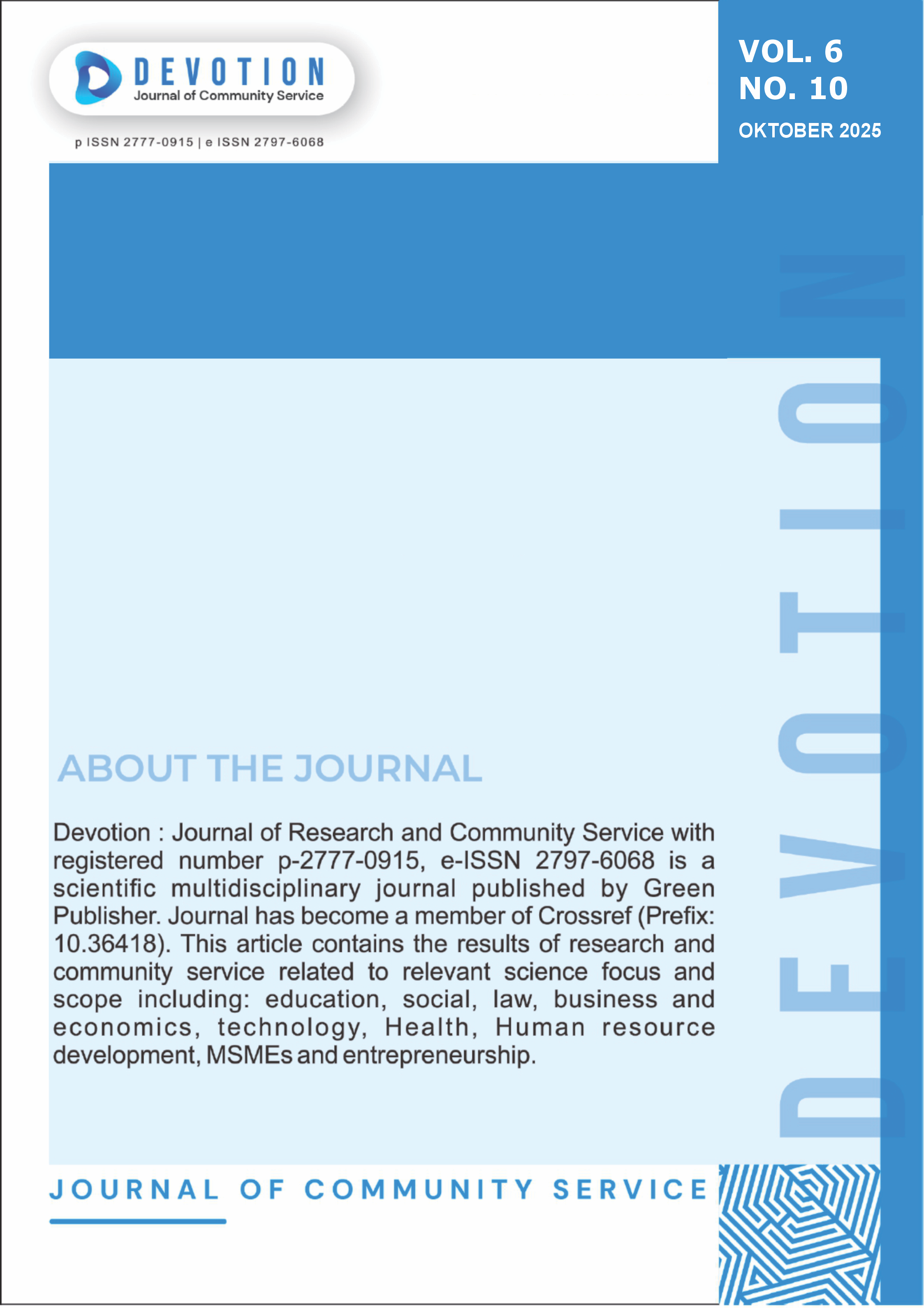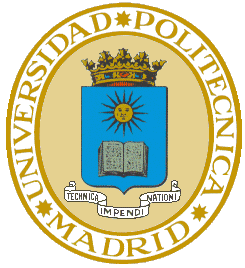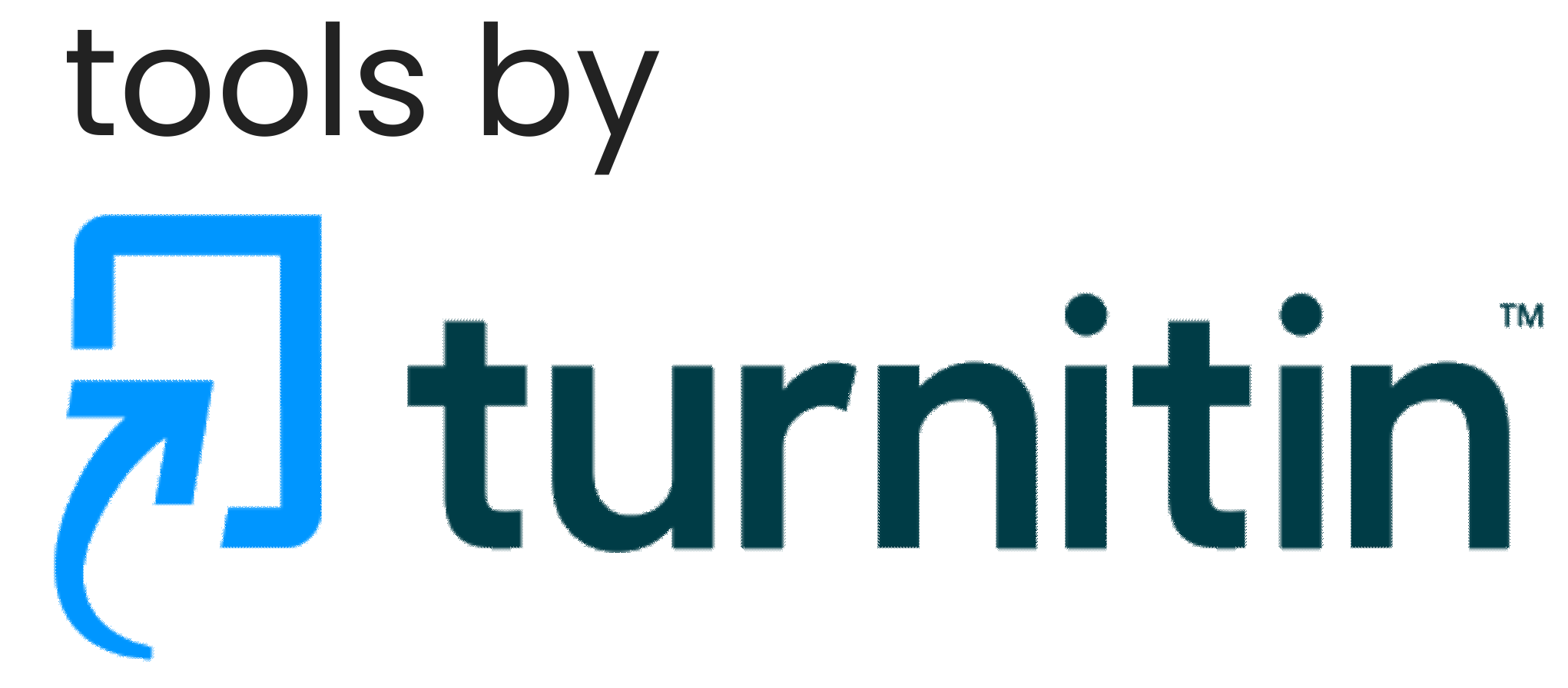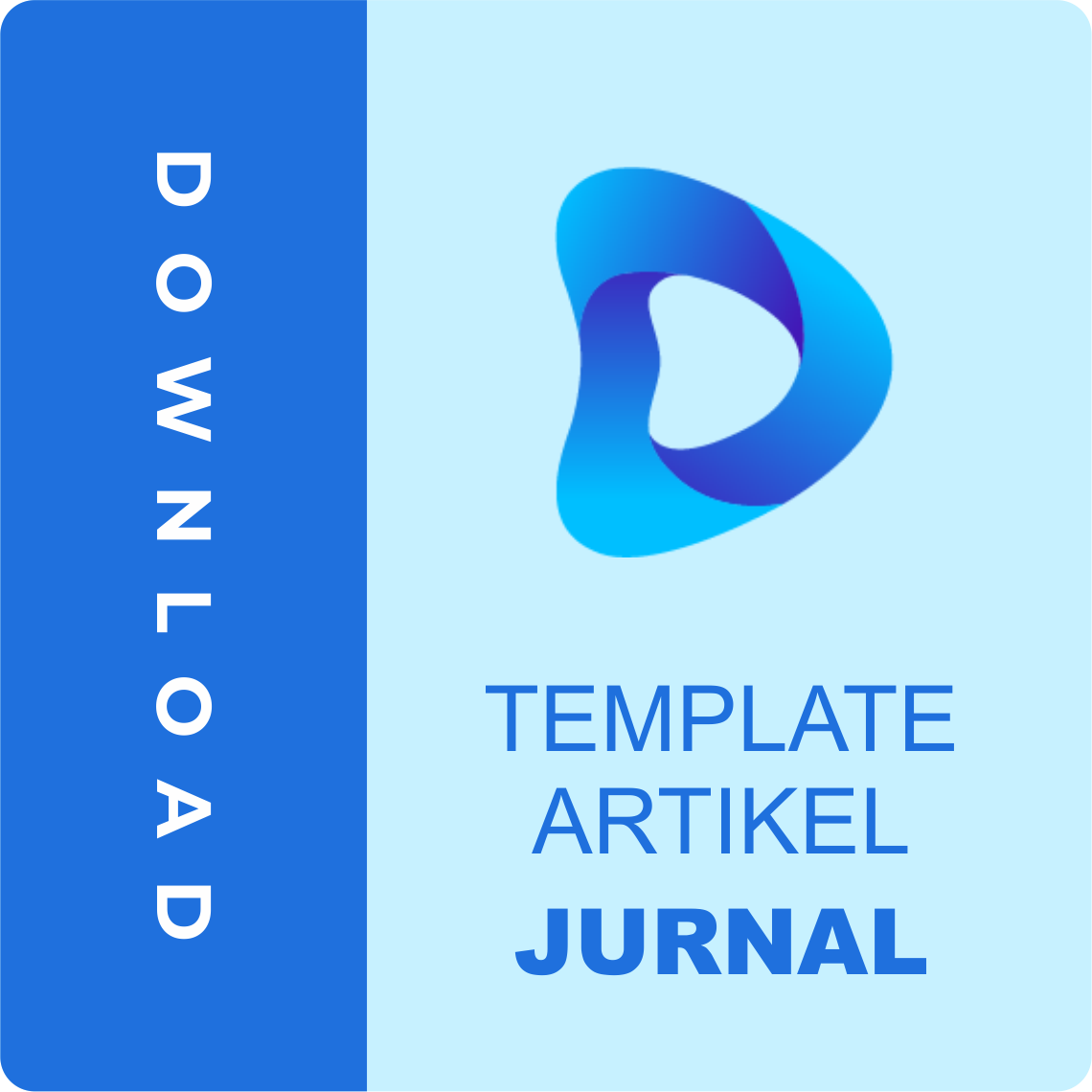Enhancing Students’ Critical Reasoning Ability Through Integration of Imam Mawardi’s Educational Concepts in Islamic Education Learning: a Case Study at SMA Negeri 3 Boyolali
DOI:
https://doi.org/10.59188/devotion.v6i10.25576Keywords:
Islamic Education; Critical Reasoning; Imam Mawardi; PAI Learning; High School.Abstract
This study aims to analyze the effectiveness and implementation strategy of Imam Mawardi's educational concept in learning Islamic Religious Education (PAI) to increase students' critical reasoning power at SMA Negeri 3 Boyolali. The background of this research is based on the urgent need for PAI education that is not only oriented to dogmatic aspects, but also able to equip students with critical thinking skills that are relevant in the global era. Qualitative research with a case study approach uses data collection techniques in the form of in-depth interviews with PAI teachers, classroom observations, and analysis of Learning Implementation Plan (RPP) documents and student work. The results of the study show that the integration of Imam Mawardi's thoughts, especially from the book Adab ad-Dunya wa ad-Din, can be applied effectively through learning methods such as analytical discussions, problem-based learning, and contemporary case studies. This implementation successfully stimulates students to evaluate information, relate religious values to social issues, and formulate logical arguments. It was concluded that Imam Mawardi's educational concept proved to be relevant and applicable in shaping the profile of students who are not only religious, but also globally minded and have strong critical reasoning, in line with the vision of education today
Downloads
Published
Issue
Section
License
Copyright (c) 2025 Saiful Rohmat

This work is licensed under a Creative Commons Attribution-ShareAlike 4.0 International License.
Authors who publish with this journal agree to the following terms:
- Authors retain copyright and grant the journal right of first publication with the work simultaneously licensed under a Creative Commons Attribution-ShareAlike 4.0 International. that allows others to share the work with an acknowledgement of the work's authorship and initial publication in this journal.
- Authors are able to enter into separate, additional contractual arrangements for the non-exclusive distribution of the journal's published version of the work (e.g., post it to an institutional repository or publish it in a book), with an acknowledgement of its initial publication in this journal.
- Authors are permitted and encouraged to post their work online (e.g., in institutional repositories or on their website) prior to and during the submission process, as it can lead to productive exchanges, as well as earlier and greater citation of published work.













